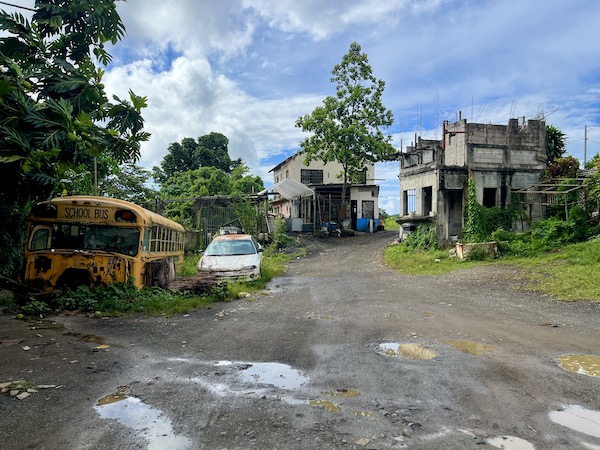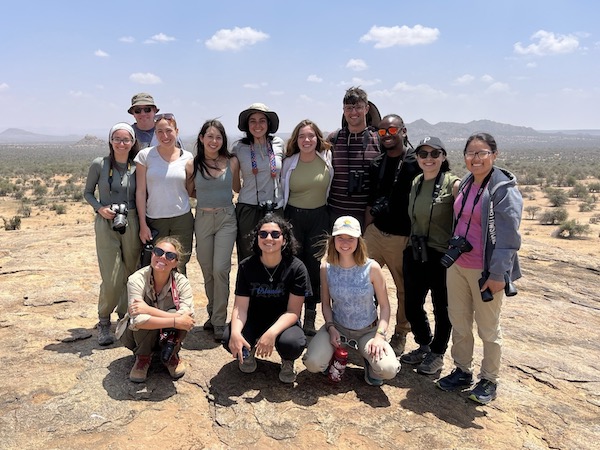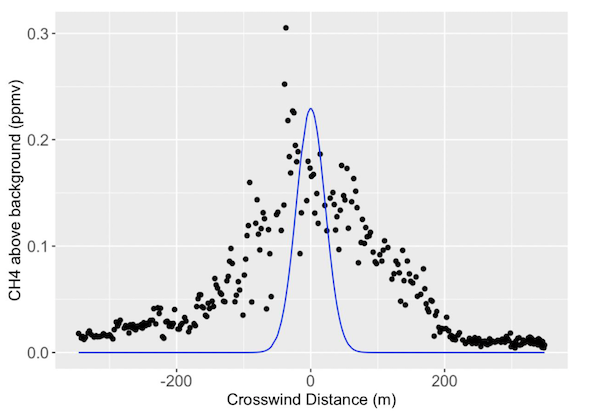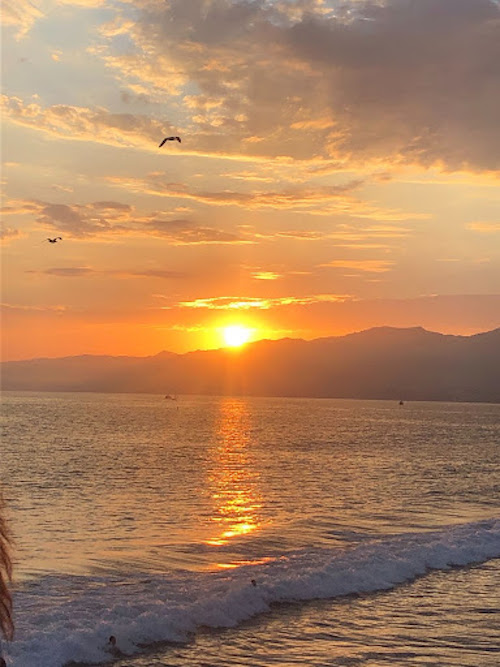As I reached the conclusion of writing my thesis, it was time to begin the exciting process of printing and binding it! In my department, it's traditional to present a bound copy to your advisor and an unbound copy to your second reader. I also wanted a copy for myself, so I ordered two printed theses and printed an unbound copy at Frist Campus Center.
There were more printing decisions to make than I initially anticipated. To begin, I headed to the Princeton Pequod website to place my order for the goldstamping (cover) and interior pages. Among the covers, I could select Traditional Hard Binding (most expensive but classic option), Laserfoil Suede Hard Binding (similar and slightly less expensive), or one of three soft cover options. At the Pequod printing center on campus, I was able to view examples of each of the cover types. I liked the Laserfoil Suede option best.
Then I could choose the paper type, which ranged from the budget "Regular White" to the pricey "100% Cotton Bright White," as well as which pages, if any, I wanted printed in color. I decided to go with the intermediate "25% Cotton Bright White," and I opted for the $10 upgrade to have four rather than three title lines so that my complete title would print. Printing a thesis is a bit like buying a car, in that the list price can really rise once you start selecting the add-ons...
The thesis printing service is surprisingly fast. Goldstamping must be ordered 24 hours ahead of time, but the interior pages can be ordered up until 9:00 a.m. on the thesis due date. To account for any printing mishaps or other potential delays, I printed my thesis on the Thursday before the Monday due date. I placed my order for both goldstamping and the pages at around 10 a.m., and it was ready for pickup by 2:00 p.m. On Monday morning I'll deliver a copy to my advisor, Professor Bourg, and I'll deliver the unbound copy for my second reader to my department's main office.
This marks the official end of my undergraduate thesis, but not yet of the research project—I'm working with my advisor to submit it to an academic journal, so I'll continue refining the manuscript in the coming weeks. The printing was an important milestone nonetheless, and I'm pleased with the final product!















